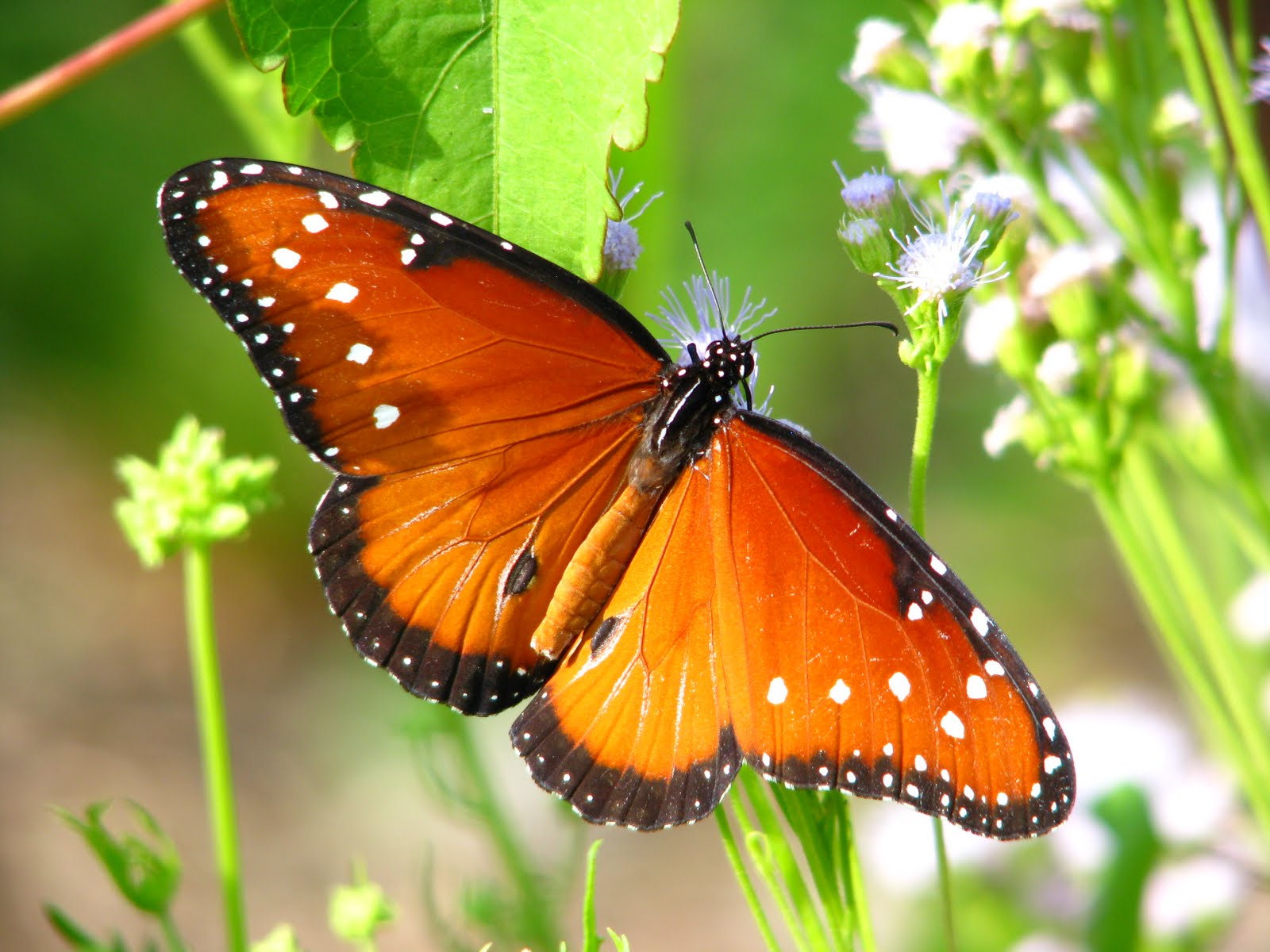The natural world is rife with complex relationships, with perhaps none as captivating as those between insects and plants. In this regard, the relationship between the Queen Butterfly (Danaus gilippus) and its larval host plants stands as an exceptional testament to this delicate balance. This bond between an insect and plant has shaped the evolution, lifecycle, and survival strategies of both species.
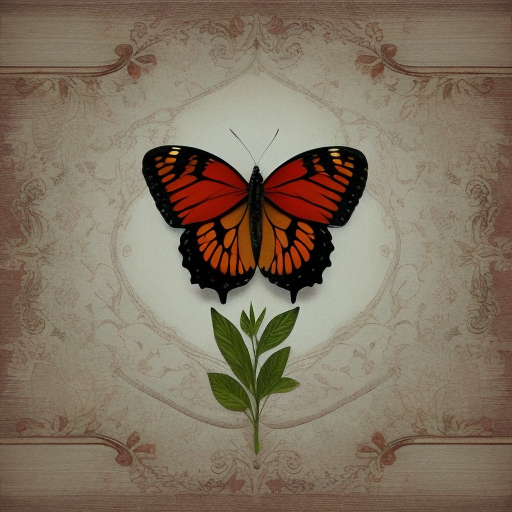
The Queen Butterfly: A Brief Overview
Queen butterflies, closely related to the more famous Monarch butterfly, are a stunning sight to behold. They have a rich, deep orange coloring, veined in black. Like their Monarch relatives, they are part of the Nymphalidae family, and their range spans throughout North and Central America and the Caribbean islands.
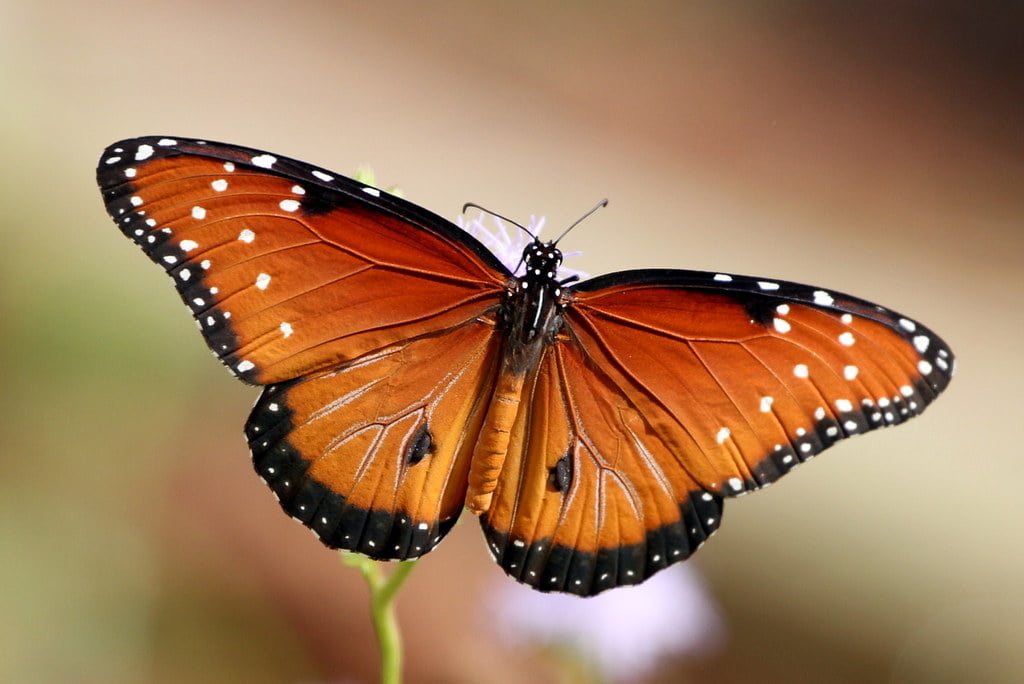
The life cycle of the Queen butterfly is fascinating, involving four separate stages: egg, larva (caterpillar), pupa (chrysalis), and adult butterfly. After the eggs are laid on the leaves of the host plant, they hatch into caterpillars. This is the larval stage, where they consume the leaves of the host plant for sustenance, growth, and survival.
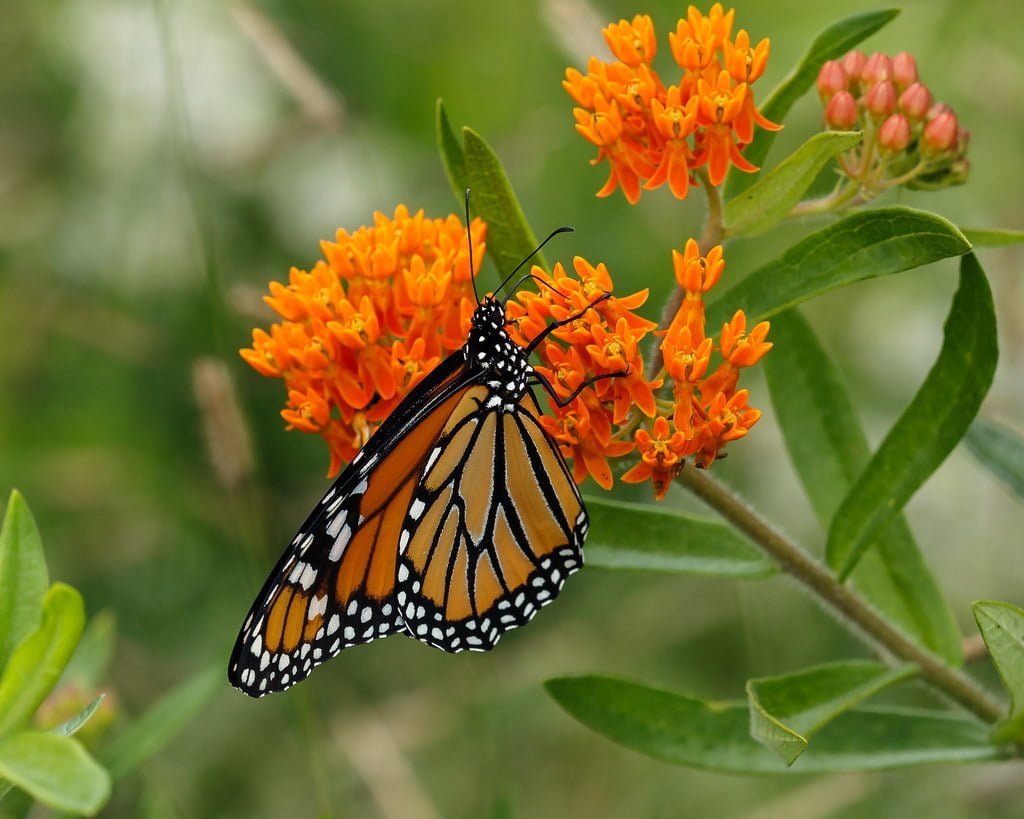
Butterfly Milkweed Seeds (Asclepias Tuberosa) for North America
More than 50 Orange Butterfly Milkweed Seeds (Asclepias tuberosa) originating from tobacco country for most of North America.
The Queen’s Regal Host: The Milkweed
The intimate bond between the Queen butterfly and its larval host plant, primarily the Milkweed species (Genus: Asclepias), is a cornerstone of the butterfly’s life cycle. The butterfly’s existence is inextricably linked to these host plants, which provide both a habitat for its eggs and a food source for its larvae.
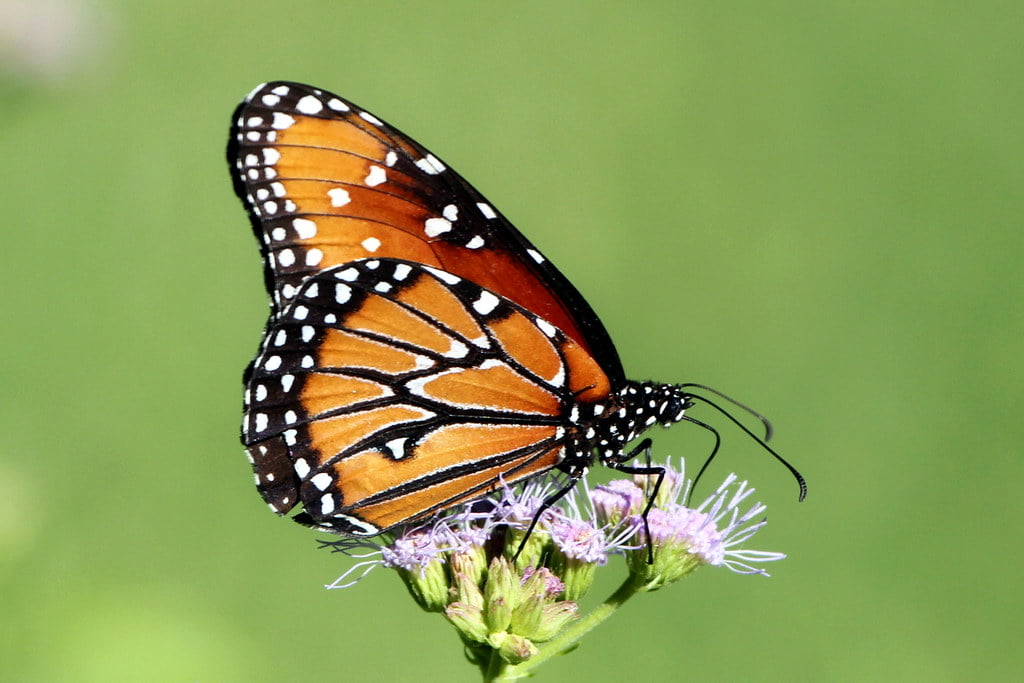
Milkweed plants are an interesting and integral part of this relationship. They contain cardiac glycosides, a group of organic compounds that are toxic to most animals. However, Queen caterpillars have adapted to not only withstand these toxins but also store them in their bodies. These toxins make them unpalatable to predators, providing a potent defense mechanism. This ability to metabolize the milkweed’s toxins is passed on from the larval stage to the adult stage, providing protection throughout the Queen butterfly’s lifespan.
The Significance of Host Plant Selection
Queen butterflies are extremely selective when choosing a plant on which to lay their eggs. This choice is driven by the need to optimize the survival chances of their offspring. They lay their eggs almost exclusively on various species of Milkweed, demonstrating a remarkable instance of co-evolution.
Female Queen butterflies utilize their acute sense of smell to identify the right host plants. They also “taste” the plants using their feet, which are equipped with specialized sensory organs. Upon locating a suitable Milkweed plant, the butterfly lays her eggs, usually on the undersides of the leaves, beginning the next cycle of life.
This selective behavior reinforces the symbiotic relationship between the Queen butterfly and the Milkweed plant. While the plant provides a unique ecological niche for the butterfly, the butterfly, in turn, helps pollinate the plant, contributing to its propagation.
Conservation Concerns and Efforts
The delicate balance of this relationship also reveals potential threats. Habitat loss and the declining availability of Milkweed due to urbanization, agriculture, and pesticide use are serious concerns for the Queen butterfly. Conservation efforts are underway to protect and restore these habitats, with a focus on planting more Milkweed.
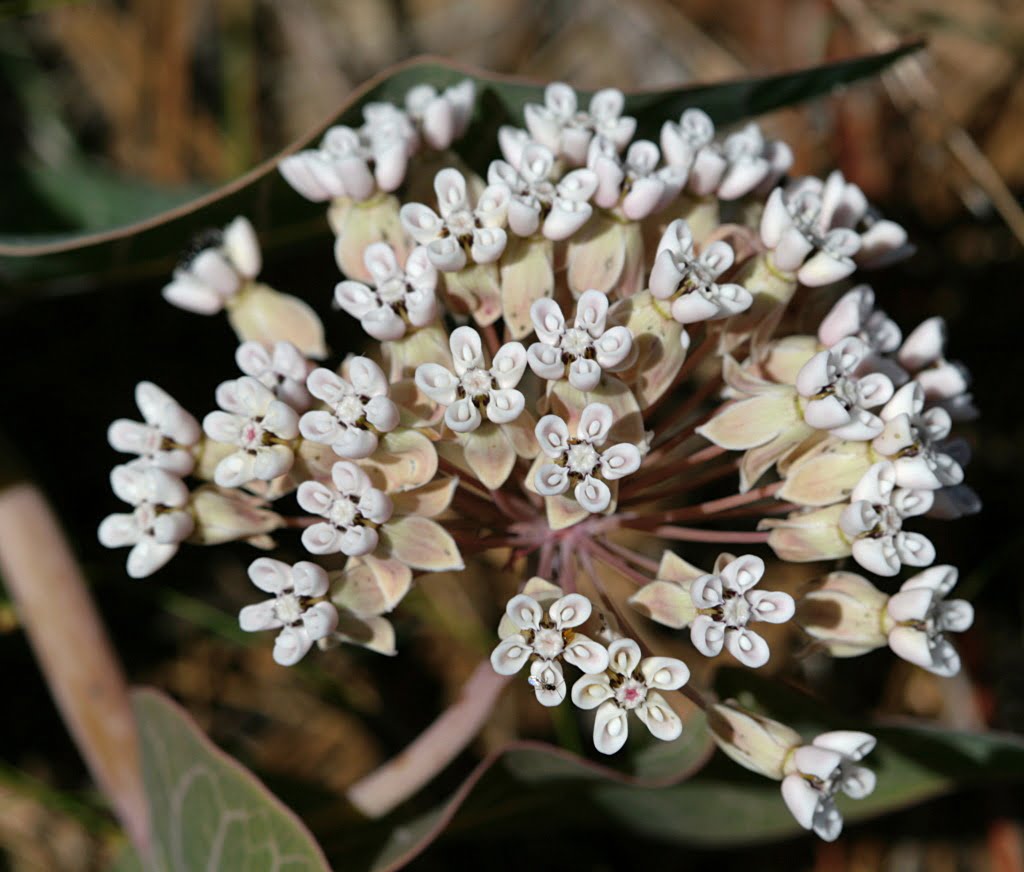
10 Sandhill Milkweed Seeds Ascslepias Humistrata Pinewood Milkweed Florida-Native
With Johnny Butterflyseed’s Sandhill Milkweed seeds, you’re not just planting flowers; you’re cultivating a living mosaic of nature’s marvels. 10+ Florida Native seeds.
Citizen-science projects also play a vital role in conservation. These projects often involve volunteers in activities such as planting Milkweed, raising caterpillars, tagging butterflies, and monitoring populations. They are a testament to the profound influence that individuals can have on protecting and preserving these fascinating creatures and their habitats.
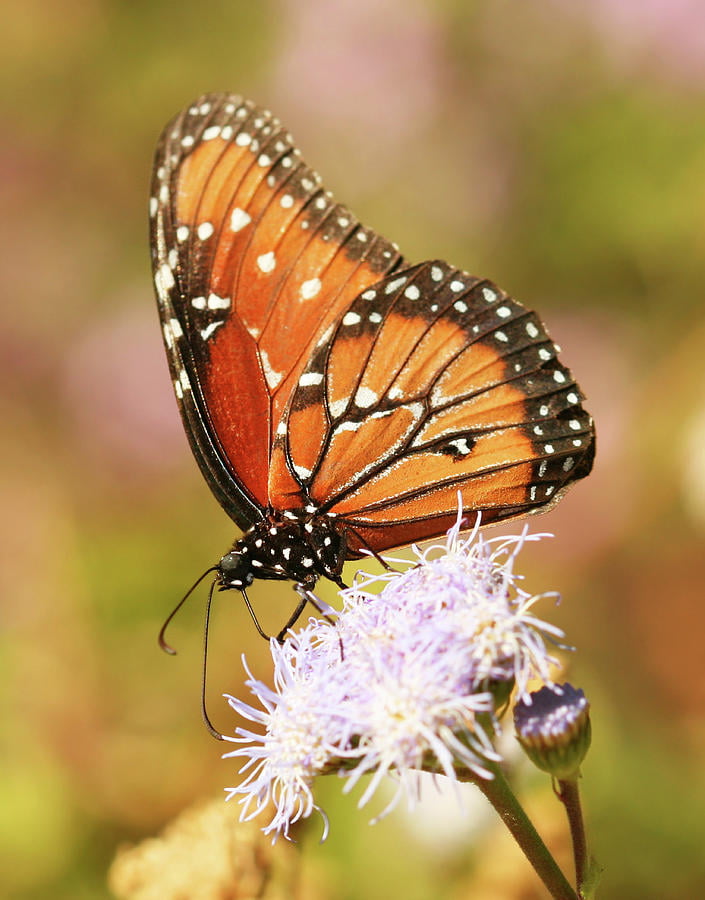
Conclusion
The intricate relationship between the Queen butterfly and its larval host plant, the Milkweed, offers a vivid illustration of the beauty and complexity of nature’s interdependencies. These relationships are essential for biodiversity and serve as a poignant reminder of the need for continuous conservation efforts. From the co-evolution of these species to their mutual survival strategies, the dance between the Queen butterfly and the Milkweed underscores the intricate and delicate balances that make up our natural world.


The Adventures of Johnny Butterflyseed – Author Signed First Edition Children’s Book
Save the monarchs!
Johnny Butterflyseed and his fairy friend, Raven Silverwing, embark on a mission to save the rapidly disappearing butterflies. They enlist the help of Queen Venus Goldwing and her kingdom of monarchs to educate and inspire kids to become butterfly farmers. At first, Johnny faces his own internal struggle with self-doubt and fear in his ability to make a difference, but then soon develops a mindset that allows him to not only get started, but also make progress one day at a time. Through challenge after challenge, Johnny learns that he is not alone in his mission and that there are many people who want to help. Together, Johnny, Raven, and Queen Venus educate thousands of children on becoming butterfly farmers.
